NUHS Institutions will NEVER ask you to transfer money or disclose bank details over a call.
If in doubt, call the 24/7 ScamShield helpline at 1799, or visit the ScamShield website at www.scamshield.gov.sg.
Make an appointment or seek a second opinion here.
The testicles, also known as the testes, are two oval-shaped organs contained in the scrotum. The testes produce testosterone and sperm.
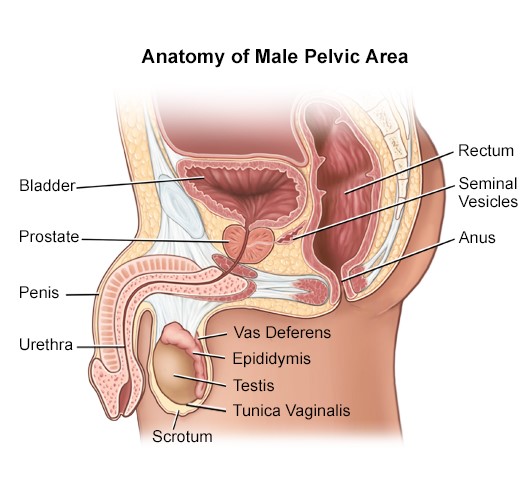
Testicular cancer occurs when malignant cells develop in the tissues of the testicles. It is the most common solid malignancy affecting males aged between 15 to 35 years old. Testicular cancer is one of the most curable of solid malignancy with a five-year survival rate of over 95 percent.
Stages of the disease
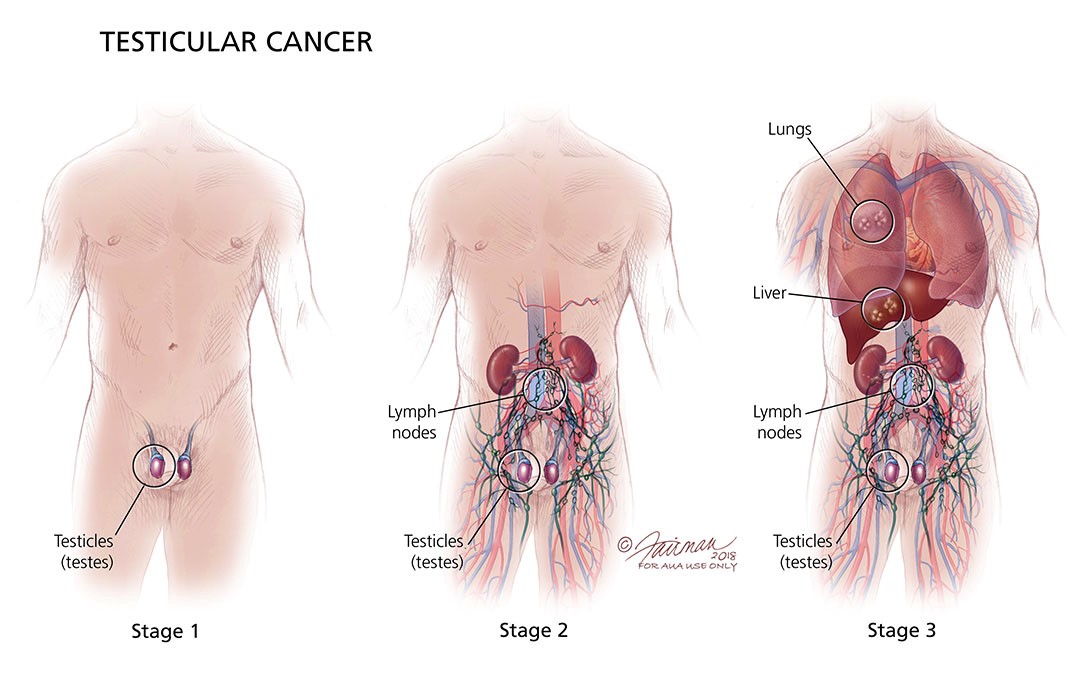
*People who think they may be at risk should discuss this with their doctor.
Testicular tumours typically present as a painless swelling or nodule of one testicle. Up to 40 percent of patients complain of a dull ache or heavy sensation of lower abdomen, with fewer than 10% complaining of pain.
Other symptoms are related to spread of the tumour, and can present in variable manners- ranging from neck mass to cough or even bone pain.
Self Examination
Any man with a solid, firm mass within the testis, testicular cancer must be the considered diagnosis until proven otherwise.
Scrotal Ultrasound
The use of scrotal ultrasound can distinguish intrinsic from extrinsic testicular lesions with a high degree of accuracy.
CT Scan
A high-resolution computed tomography (CT) scan of the abdomen and pelvis can assist with diagnosis.
Serum Tumour Markers
Alpha-fetoprotein (AFP), beta-hCG and lactate dehydrogenase (LDH) are often elevated in testicular cancer.
This is dependent on the stage of disease and needs to be discussed with your doctor.
Your treatment may include the following modalities:
Radical Orchidectomy
A radical orchidectomy should be performed to permit histologic evaluation of the primary tumour and to provide local tumour control.
Chemotherapy
Chemotherapy is used when the tumour has high risk features or when there is evidence of spread.
Radiotherapy
High dose X-ray is used for specific tumour types when there is evidence of spread.
Follow-up after treatment for testicular cancer
After receiving treatment, patients are advised to do regular testicular self-examination and for close follow-up with your treating urologist.
How to do testicular self-examination
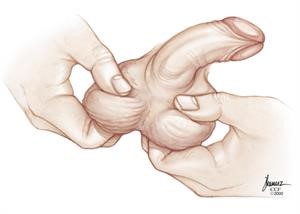
Step 1
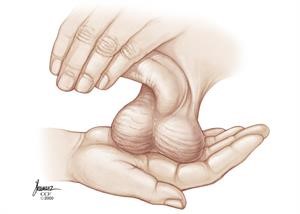
Step 2
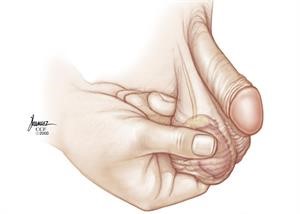
Step 3
Response to treatment is assessed after the initial induction cycle by repeat imagining and re-evaluation of tumors markers.